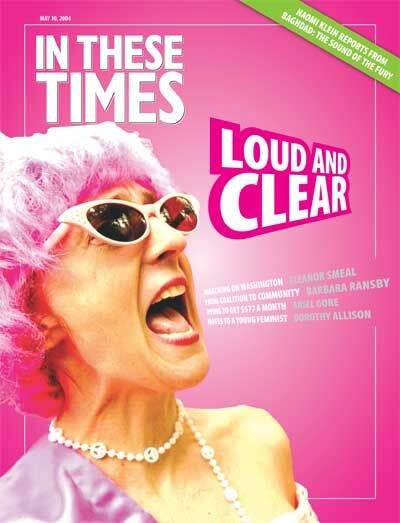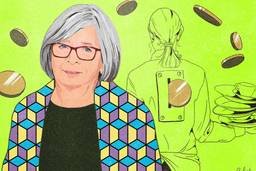Maxine Hong Kingston’s long-anticipated The Fifth Book of Peace (T5BP) just might be the first masterpiece of the 21st Century, a marvelous model for the juicy potentiality of our new millennium. Until now peace has been seen as a mere hiatus between wars. Things change. In February 2003, massive spontaneous demonstrations broke out across the planet, preemptively decrying the war in Iraq as an interruption of peace. Unprecedented.
So T5BP is curious because, as its subject is peace, there’s next to nothing to compare it to. Our tendency is to emphasize the first half of the War and Peace equation. World literature abounds with classics about war, whereas instances of peace make us pause to consider what a rare bird it truly is.
Fittingly then, the book defies categorization, combining memoir, fiction and journalism, with each clearly delineated. The net effect calls into question not only division of genres but the very concept of separation.
The book’s plot is a search for peace that proves transformative in the process. The opening is as heart-stoppingly harrowing as any war diary, with the author caught in a landscape of overwhelming panic and loss. A firestorm ravages her home in the Oakland hills, destroying whole neighborhoods and killing several dozen people. So this book of peace begins at its opposite, with a blaze consuming everything in its path and creating its own boundaries as it devours the oxygen, the homes and the lives surrounding it.
This initiatory section, called “Fire,” is followed by “Paper,” “Water” and “Earth.” Using four elements as an organizational principle gives the book a clear design to meditate on, with each element serving as a pictogram written large over the four entrances of this giant temple of words. The elements are, by definition, primary and essential but not discrete: As they interact and interreact, a grander cumulative design emerges.
“Paper” (element of regeneration, wood) is an extended meditation on writing, centered on the author’s manuscript consumed in the blaze. As The Fourth Book of Peace, it aimed to continue the Three Books of Peace of Chinese legend whose destruction she explains. “At kingdoms’ rise and fall,” she writes, “the new king would cut out the historians’ tongues. Writers had to set fire to their own books, and be burned to death in the book fire. Historians whose tongue stumps were cauterized lived on. They made dumb gestures that could not express subtle, complex ideas, such as descriptions of the way the world has never been but might be.”
The next section, “Water,” revives Whitman Sing, protagonist of Kingston’s novel, Tripmaster Monkey, who now moves to Hawaii to avoid being drafted to fight his fellow Asians in Vietnam. But even island paradises know of war. If no man is an island, no island is an island, either; its connections simply occur underwater. “Water” ends with the creation of a community of resistance.
The book’s finale, “Earth,” documents the author’s creation of a writing workshop for veterans, where she begins her manuscript again. With this innovative leap, Kingston liberates herself from the customary isolation of writing. Not only a writing workshop, this spiritual community practices Buddhism in the tradition of the Venerable Thich Nhat Hanh, a pacifist Zen master in exile from Vietnam. Veterans who’d lost their souls in Vietnam now reclaim them through the teachings of a former “enemy.” Their stories form a fitting climax to the book. (Some of their stories even continue beyond the book’s borders: John Mulligan’s memoir Shopping Cart Soldiers is now published, and Jim Janko’s work is due out soon.)
Here we see we’re all veterans, all touched by war, directly or indirectly. T5BP shows how war trauma can be healed in a community by making it conscious (through words), and by becoming conscious of being conscious (through meditation). And by seeing our common humanity, in our shared capacity for peace, love and understanding.
So perhaps, peace too is an art. The book invites and engages the reader to consider imagining something that hasn’t been before (a book of peace, or peace itself). Or maybe to simply recognize something that is already here, awaiting us to make it manifest.
Indeed, Kingston closes with a stirring call to action: “Children! Everybody! Here’s what to do during war. In a time of destruction, create something: a poem, a parade, a community, a school, a vow, a moral principle; one peaceful moment.”





